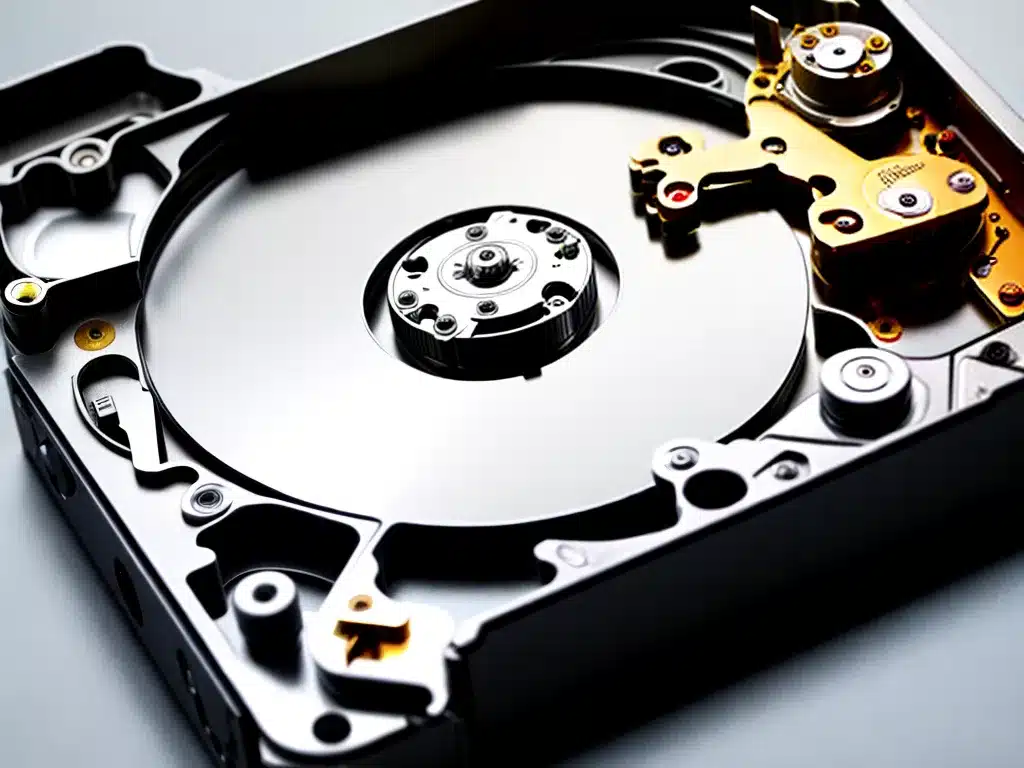
Introduction
As technology advances, recovering data from older storage devices can become more challenging. IDE (Integrated Drive Electronics) hard drives were widely used from the late 1980s through the 2000s, but have since been replaced by newer interfaces like SATA. However, there may still be important files stored on those old IDE drives that need to be accessed. In this article, I will discuss the challenges of data recovery from vintage IDE hard drives and some potential solutions to retrieve the data in the modern day.
Challenges of Recovering Data from Old IDE Hard Drives
Availability of IDE Interfaces
-
Newer computers and operating systems no longer natively support the IDE interface. IDE cables and cards are difficult to find these days. USB IDE adapters can sometimes be used, but compatibility is not guaranteed, especially with older drives.
-
Many modern data recovery tools only work with SATA interfaces. Some specialized tools for IDE data recovery are still available, but can be expensive. Free recovery software often cannot directly access IDE drives anymore.
Degradation of Drive Mechanics
-
Older IDE hard drives can suffer from mechanical failures like seized spindles and crashed read/write heads. Moving parts degrade over time.
-
Even if the drive powers on, it may have bad sectors that make data retrieval incomplete. Hardware solutions beyond DIY may be needed for mechanical repairs.
Outdated File Systems and Formats
-
Many vintage IDE drives used now obsolete formats like FAT16 or even proprietary pre-DOS systems. Modern computers may not recognize these formats.
-
For very old drives, the original partitioning scheme may not be understandable anymore. This makes accessing any data very difficult.
Lack of Replacement Parts
- It is nearly impossible to find replacement IDE hard drive parts like PCB boards and motors. If a critical component fails, the drive is likely unrecoverable.
Potential Solutions for Data Recovery
Use a USB IDE Adapter
-
A USB IDE adapter can connect an old IDE drive to a modern PC. This allows access to the drive like an external hard drive, provided the OS still recognizes the format.
-
Success depends on the drive age and condition. Adapters work best with younger IDE drives; very old ones may not be compatible.
Try a Live CD or Boot Disk
-
Booting into a Linux-based live CD gives a standalone environment directly compatible with IDE. It does not depend on the host computer’s OS.
-
Tools like DDRescue can clone IDE drive sectors for recovery. HDD Raw Copy Tool can make a full IDE backup.
-
Downside is lack of graphical interface. Command line skills are required for disk imaging and data extraction.
Send to a Professional Recovery Service
-
For drives with severe mechanical issues or very obsolete formats, professional data recovery may be the only option.
-
Specialized tools can repair motors and heads. Experts can manually extract data from drives with unrecognized formats.
-
This can be very expensive but is sometimes the sole way to get the data back from vintage IDE drives.
At Last Resort, Check for Service Manuals
-
As a last ditch when all else fails, old service manuals for specific drive models sometimes give low-level technical information on structures and formats that can aid manual recovery.
-
This is very complicated and only an option for adventuresome DIYers with technical skills. Most users should go the professional route first.
Conclusion
Retrieving data from old IDE hard drives gets increasingly difficult as time passes. With some effort and the right tools, it may still be possible to extract important files from vintage IDE drives in the modern day. But ultimately, degraded mechanics and obsolete formats may necessitate assistance from professional recovery services for very old drives. As IDE continues fading into history, data preservation becomes ever more challenging. Migrating archives onto modern storage is advisable before it becomes impossible.












